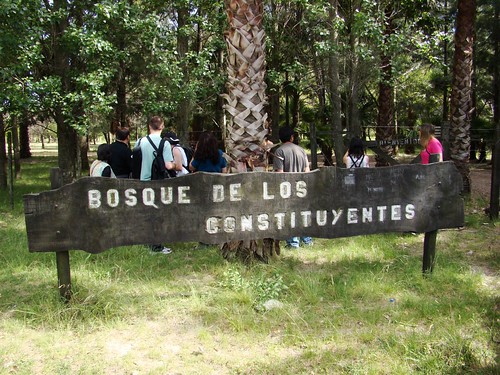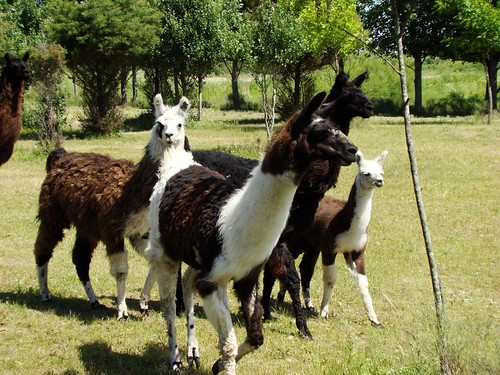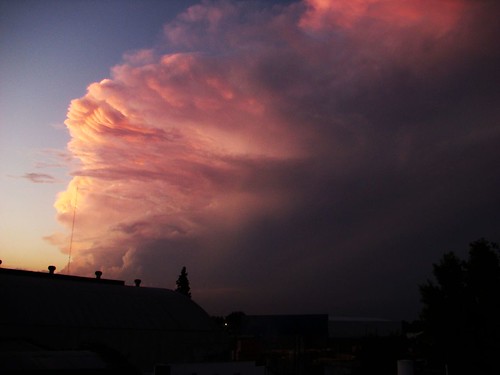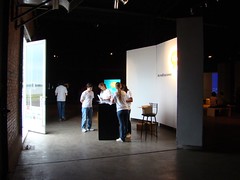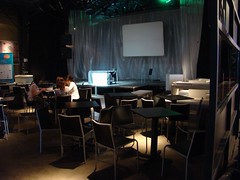My review of
Rosario BlogDay 2007 will have to be short because I was only there half the time (you'll learn why soon). As usual in all events here in Argentina, things started rolling about an hour later than scheduled. Fortunately there were also two breaks scheduled, one in mid-morning and one for lunch, so the organizers just cancelled those to compensate.
I checked myself in at the entrance, and I was given a heavy full-colour catalog of tech products, a large spiral notebook with hard cardboard covers, and a very nicely designed ballpoint pen. That was my first hint that this was a marketing-oriented event, and I wasn't wrong. In any case, however, this wasn't a problem.
First of all came
Pablo Mancini, founder of
Argentonia ("Specialists in virtual worlds"), which markets commercial spots in the Argentine section of
Second Life. I really don't get the idea of people spending real money to buy virtual money in order to set up avatars of themselves and their own businesses in a slow-moving virtual environment populated by geeks, but — to each their own.
Mancini spoke long and well about the Web 2.0, and how the situation has changed with respect to, say, 6 or 7 years ago. At that time, he said, the idea that anyone with an Internet connection could produce and distribute content, even quality content, through free or low-cost mechanisms, was revolutionary. Today, such independent production of multimedia content is taken for granted, and we must focus on the creation of contexts for sharing those contents. He reviewed RSS feeds, emerging blog communities, NetVibes,
Feevy (so far an upstart), and other technologies, and showed us an interesting map of connections between blogs.
There's a core of high-traffic blogs that everybody ends up linking to directly or indirectly, but there are also semi-isolated circles of blogs linked to each other that deal with topics that are not so popular, and which Mancini found to be the most interesting — I'd say, the exotic places, or the odd ones out.
Then came a shorter lecture on an example of a virtual campus, by a guy who worked in the government of Buenos Aires Province and a few other places. He discussed the old paradigm of the school as a hierarchical structure where fixed schemes of knowledge are conveyed through a rigid structure from the top down, and how this has isolated the school from the real world, where knowledge is being produced all the time and we've become accustomed to sharing it horizontally. Nice ideas, except of course only applicable to private schools for upper-middle-class children (i.e. useless in Argentina except as an experiment).
The last part I saw was an exposition of the
PrevenBlogs programme. It's a municipal implementation of a plan to get students involved in the prevention of AIDS and the promotion of sexual health. After the grownups spoke, a few highschool kids went on the stage and explained what they'd done, how they told their parents about it, and how everybody took it. They were serious and hilarious at the same time ("refreshing" is the appropriate cliché to use here). Among their creations was a blog showing how to put on a condom and encouraging its use —
Usen el fucking forro ("Use the fucking rubber"). The kid in charge noted that the title was chosen "because they told us to use our peers' way of speaking". Amen.
And then I had to go. It turns out that, when
I bought my camera, the memory card had a few problems. I changed it once, then again, and then again. The last time I got one that was even more wrecked than the others. Just as I was leaving the Second Life lecture at noon to get some fresh air and maybe something to eat, the card just died on me, apparently losing all the pictures I'd taken. I could almost feel my sanity blowing up in pieces right there. I went home, had lunch, and got myself a recovery program. It was marvelous. I'd looked for similar programs but they were all crippled shareware versions; this one was fully-working freeware.
The program started looking for files in the card, and sure enough the pictures were still there, although a few were corrupted. I breathed. The program continued doing an intensive search and recovering files until the battery died. Surprise surprise, I recovered
a hundred pictures taken in July by a couple with kids vacationing in Mendoza! I swear I was about to go blind with anger. Long story short, I took the card to the shop and somehow managed not to kill the salesman while I told him: "You tried to pass a used card for a new one. I don't want anything else from you. Just give me back my money." Sure, he said unblinkingly. I took the money, left for downtown, and got myself a brand new card in a serious electronics shop. I won't trust MercadoLibre's vendor qualification system ever again.
Well, at the cost of a few dozens non-memorable shots, the nightmare is over.
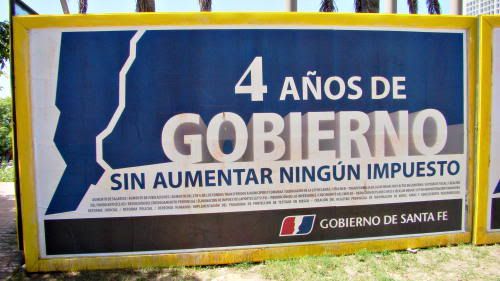

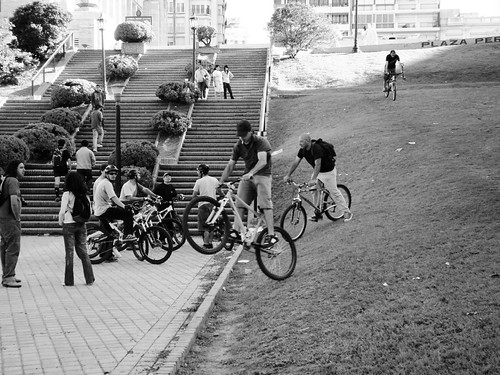
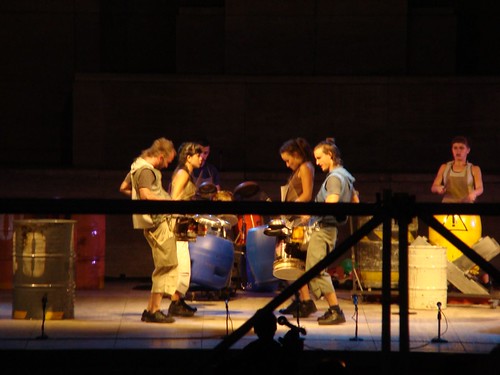
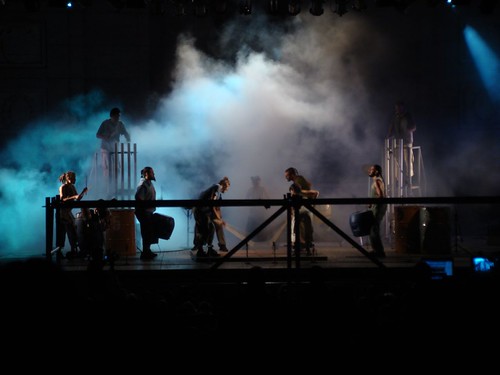

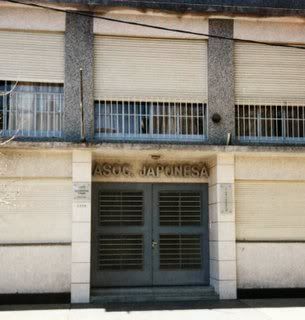 I had my last Japanese class yesterday, or rather, my last day, since there was no class, only a test. It was fairly easy. I was left with the impression that an exam you can pass without studying is not such a good thing in the long run. But there won't be a long run for me, since I'm leaving Japanese school.
I had my last Japanese class yesterday, or rather, my last day, since there was no class, only a test. It was fairly easy. I was left with the impression that an exam you can pass without studying is not such a good thing in the long run. But there won't be a long run for me, since I'm leaving Japanese school.